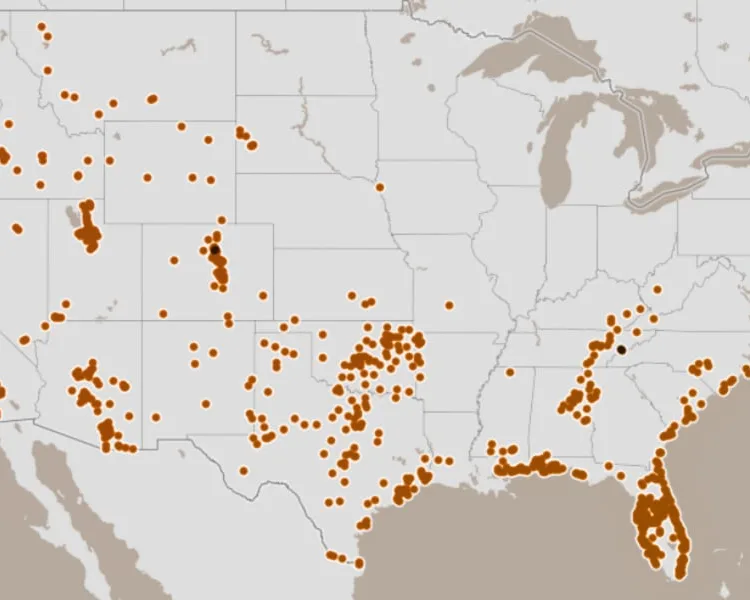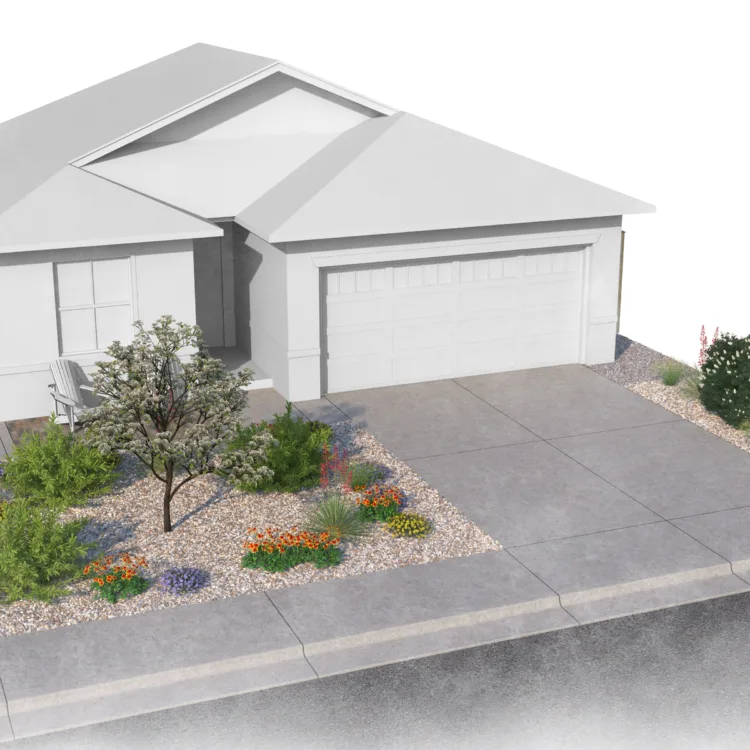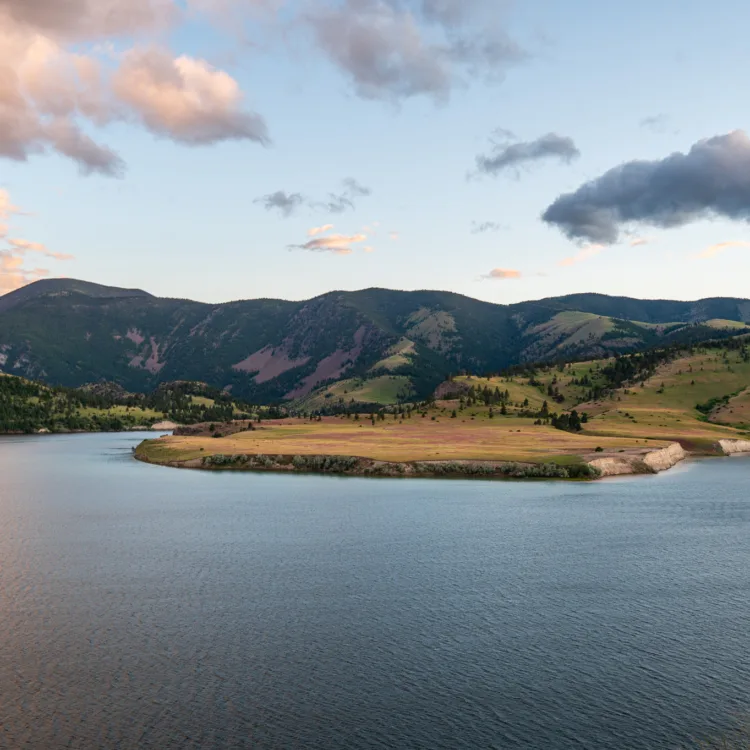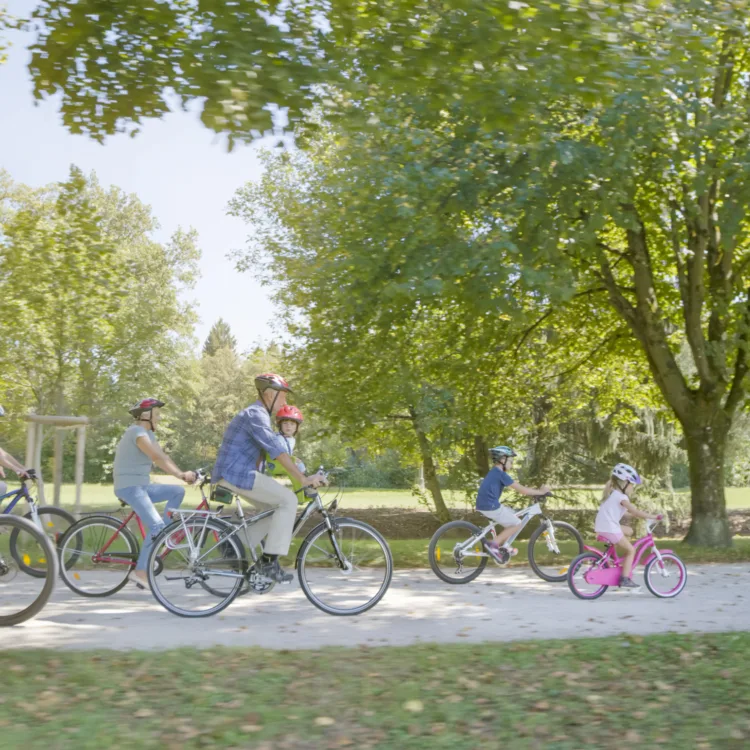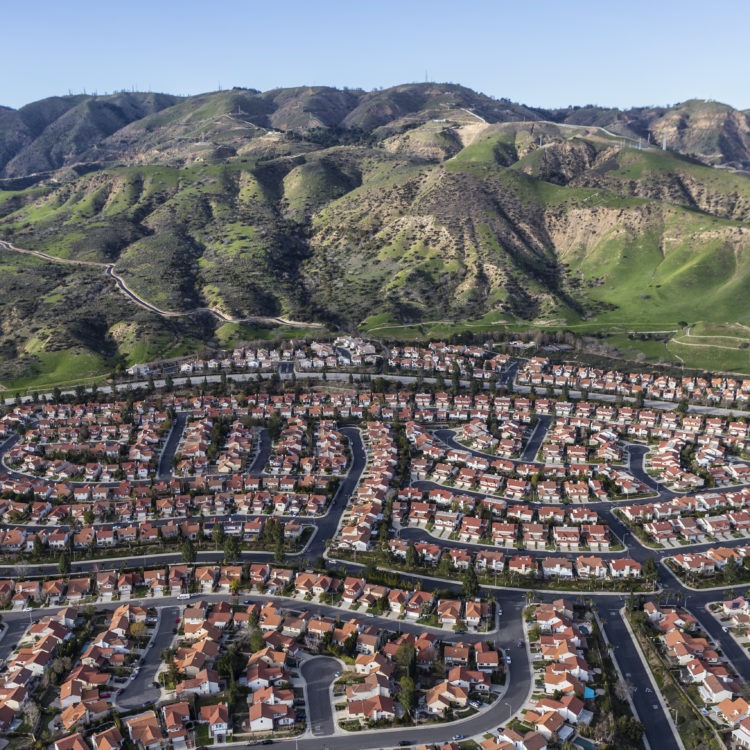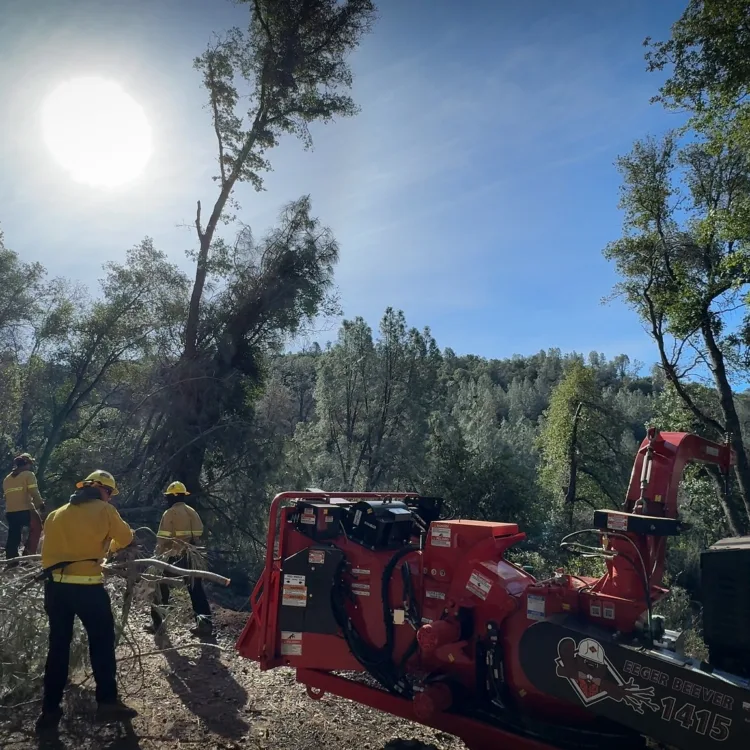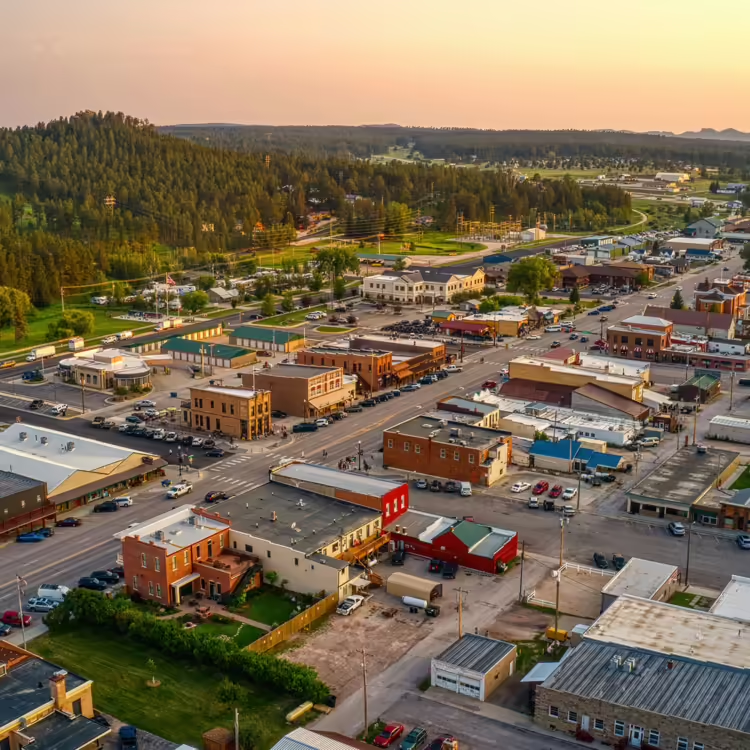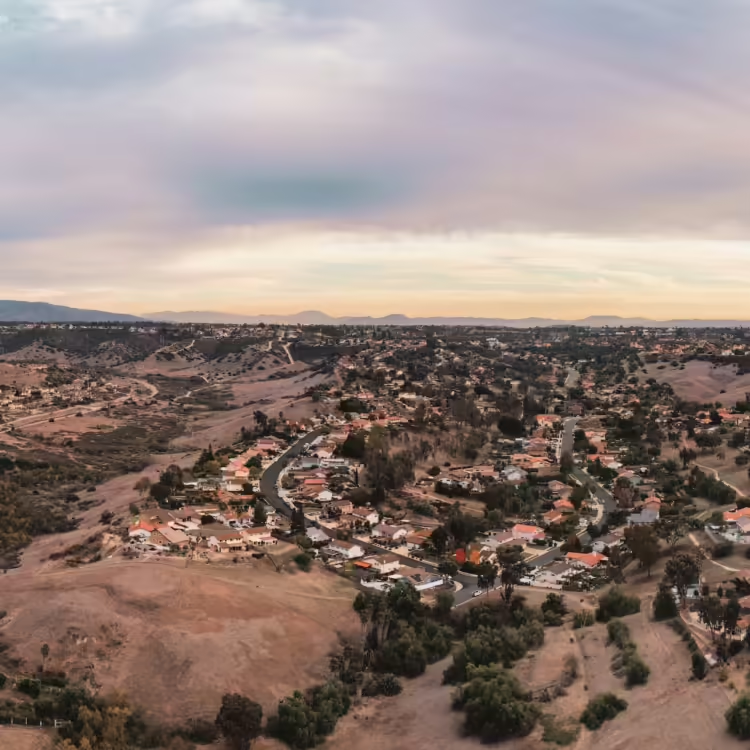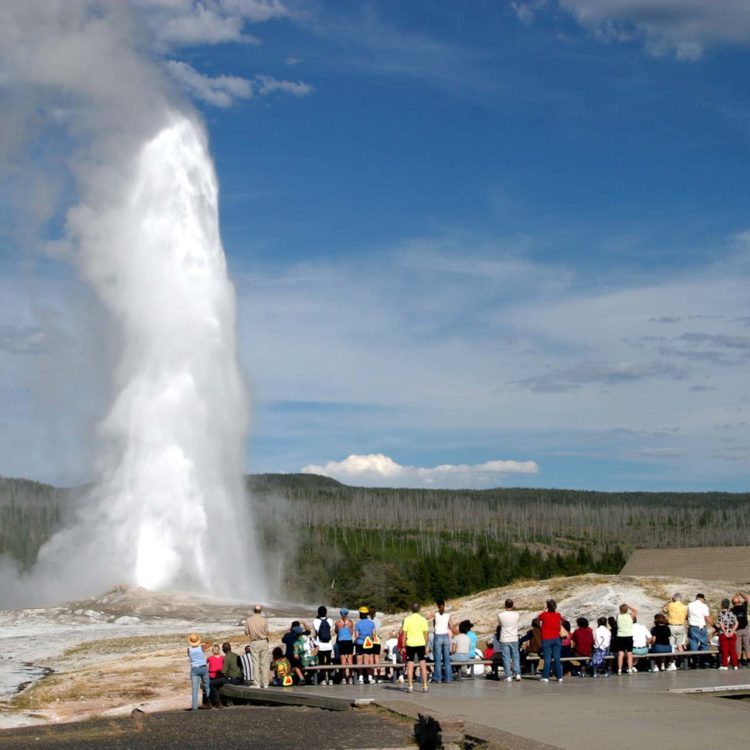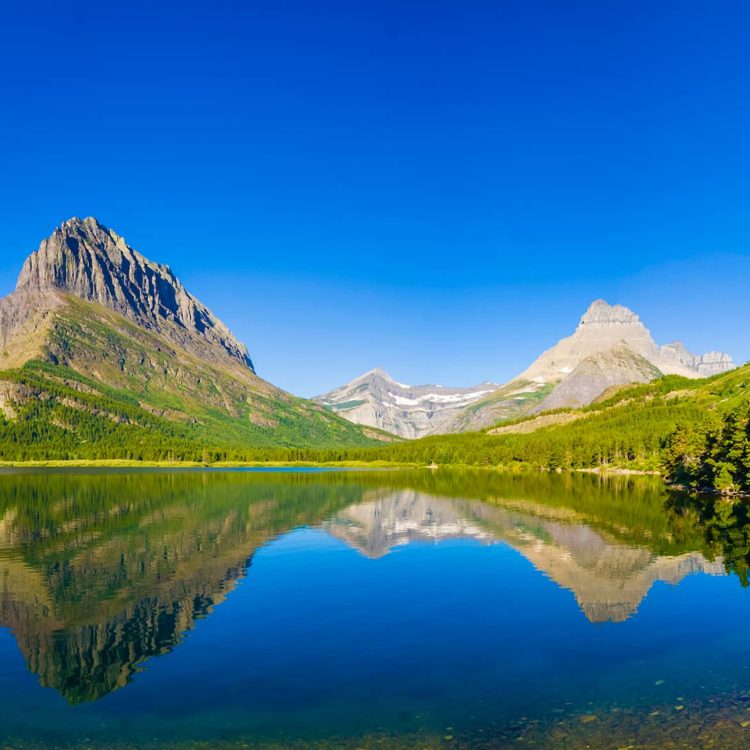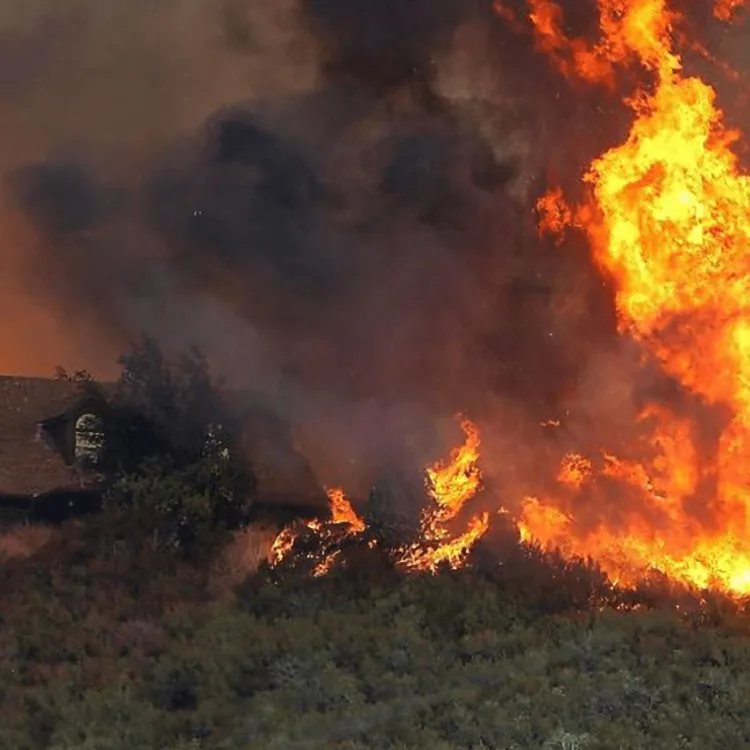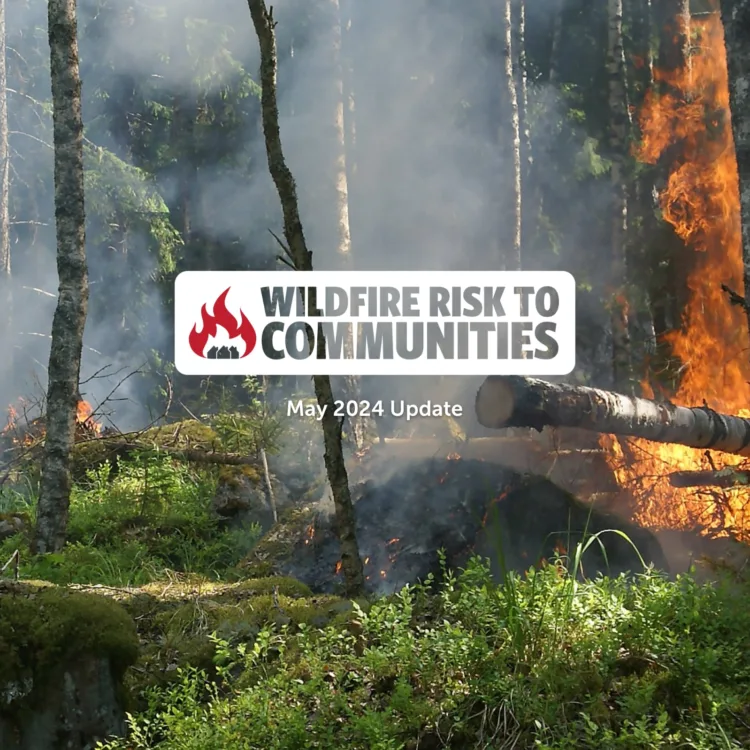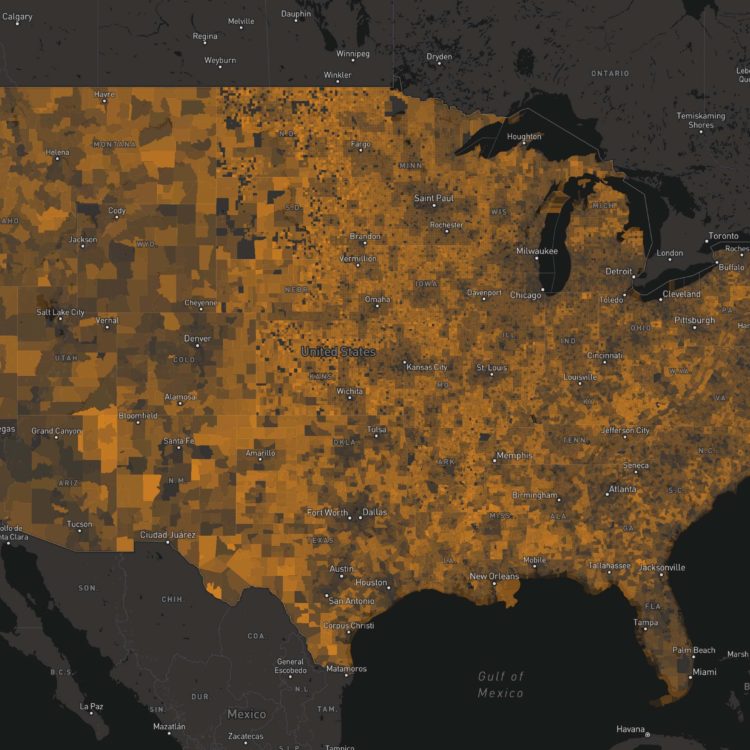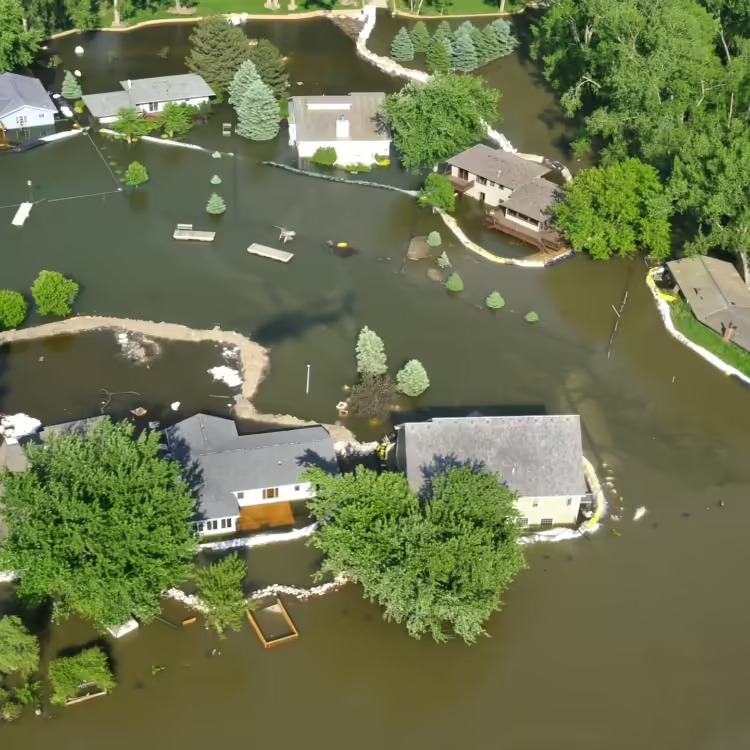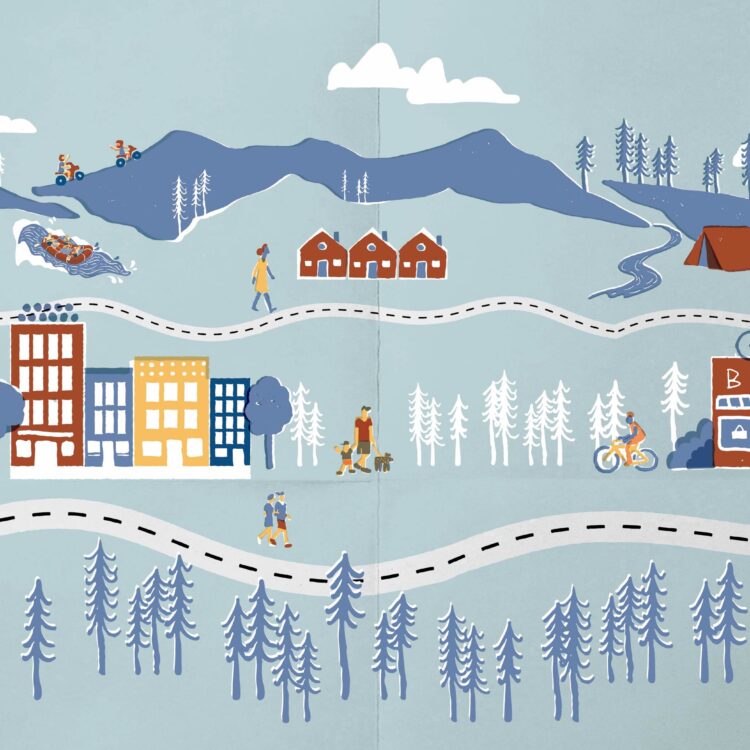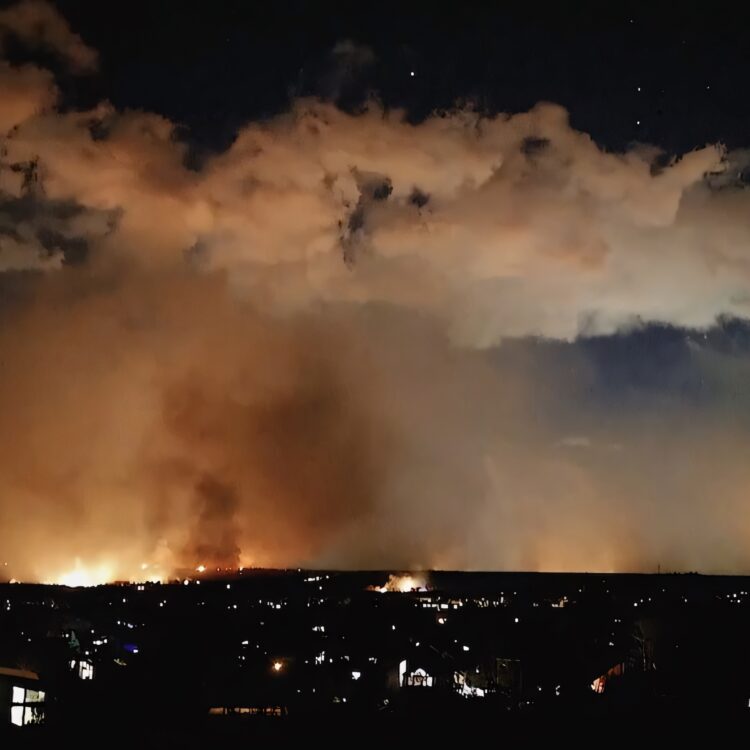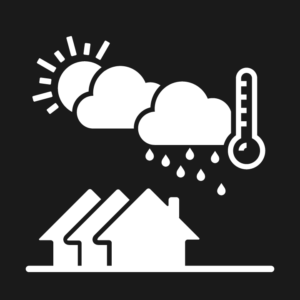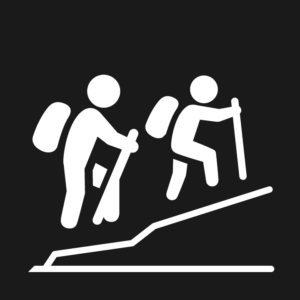
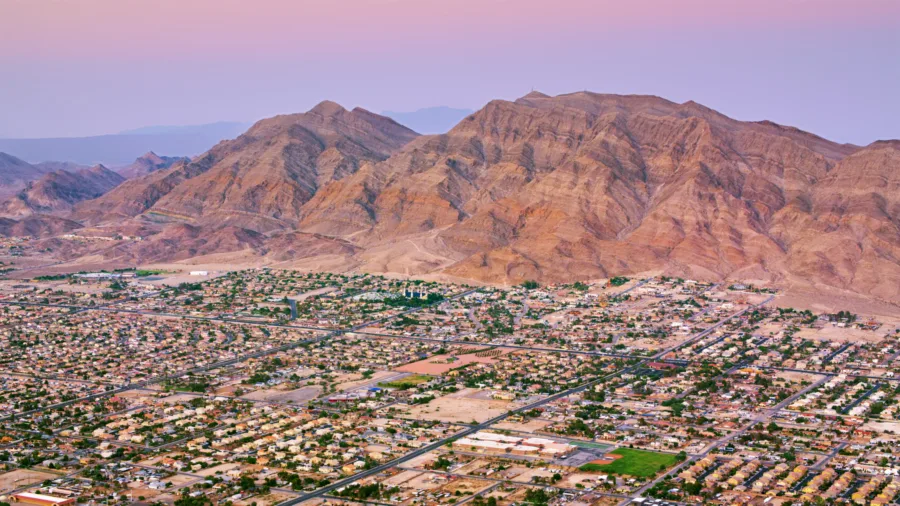
Wildfire risk and development challenges limit public lands available for housing
Federal public lands may offer opportunities to improve housing affordability in a limited number of states, but will face significant barriers from wildfire risk, water availability, and conflicts with existing resource or recreation uses.

Latest research
America’s urban wildfire crisis: More than 1,100 communities at risk
More than 1,100 communities in 32 states face similar risks to Los Angeles and other places with recent urban wildfires, highlighting the urgent need for wildfire-resistant homes and neighborhoods.
Crossover landscaping can enhance wildfire resistance and save water
Crossover landscaping that does double-duty for drought and wildfire resistance is becoming more appealing for communities looking to reduce risk in residential areas.
Montana Community Foundation leverages data to reach more rural and Tribal communities
Using resources such as the Rural Capacity Index, the Montana Community Foundation was able to direct more grant dollars to rural, disadvantaged communities.
Three trends showcase the strength of the outdoor recreation economy
Ten years of data show the outdoor recreation economy has grown in nearly all states and is helping drive economic diversification and workforce development.
Cascading wildfire insurance issues impact local and state budgets
As home insurance in areas with high wildfire risk becomes more expensive and harder to obtain, significant pressure is put on state and local budgets.
Community Wildfire Defense Grants benefit rural and low-capacity communities
A Forest Service program is helping communities across the nation reduce wildfire risk—including those that don’t normally have the resources to successfully compete for federal grants.
Reinvesting in rural America
Reversing the legacy of rural disinvestment—and deliberately designing solutions for rural America—is a down payment on our shared future.
FieldNotes:
A look into the inner-workings of Headwaters Economics.
Welcome to Field Notes
Welcome to Field Notes, a mini-blog about how the work at Headwaters Economics comes together. Keep an eye on this feed to learn what trends we are watching, insights on our latest projects, and what the day-to-day is like in the office. More to come!
NEW PODCAST! Ryan Handy and Doug Green discuss wildfire risk maps in the first episode of Burning Questions, a Headwaters Economics podcast about wildfire and the built environment.
Here’s a sneak peak of research we’re collaborating on with Dr. Lisa Dale at the Columbia Climate School about strategies for the wildfire insurance crisis. Thank you EESI for shedding light on this!

Meeting with the Montana Association of Floodplain Managers
Kris and Bridget attending the Montana Association of Floodplain Managers last week, a great opportunity to connect with many of our partners from local communities and state agencies. Some lesser-known disaster risk facing Montana that Kris noted:
(more…)New features @ Wildfire Risk to Communities
wildfirerisk.org has new features for users with disabilities as well as upgraded navigation options. We also updated dashboards for the Forest Service’s Community Wildfire Defense Grants and the Department of Interior’s Slip-On Tanker Grants.
Popular posts
The cost of retrofitting a home for wildfire resistance
Retrofitting a home for wildfire resistance can cost as little as $2,000, making this approach an effective risk reduction strategy for communities.
The Outdoor Recreation Economy by State
The outdoor recreation economy is large, growing faster than the overall economy, and consists of jobs in many industries. Explore data by state.
Economic Impact of National Parks
Millions of national park visitors generate economic opportunities for gateway communities, spending money that creates jobs and income. See the trends for every national park service unit.
Public land ownership in the United States
Public lands influence the economy, demographics, and fiscal policies of communities. Explore maps and county-level data for the 828 million acres of federal, state, and municipal land in the U.S.
Wildfires destroy thousands of structures each year
Explore the number of structures destroyed in each state by wildfire. Structures lost—rather than acres burned—provides a more complete measure of the broad impacts of wildfire.
115 million people are living with high wildfire risk
New climate data and methodology enhances Wildfire Risk to Communities, a free online tool for understanding wildfire risks across the United States.
A rural capacity map
A new map helps identify communities where investments in staffing and expertise are needed to support infrastructure and climate resilience projects.
Rising demand for FEMA’s BRIC program far exceeds available funding
An analysis of FEMA’s BRIC program for climate adaptation and disaster resilience funding shows rising demand, but unequal access.
The Amenity Trap: How high-amenity communities can avoid being loved to death
Amenity communities face unique challenges from waves of tourists and new residents. Proactive planning can help avoid being loved to death.
Congressional wildfire commission lays out a new approach for wildfire policy
A new report from the Wildland Fire Mitigation and Management Commission recommends transformative approaches needed to overcome the wildfire crisis.
Subscribe to our newsletter!
About Headwaters Economics
Headwaters Economics is an independent, nonprofit research group that works to improve community development and land management decisions.
Our Data Tools
Explore our free data tools
Headwaters Economics maintains free, easy-to-use tools to help you better understand socioeconomic data and trends. Find data from dozens of sources for thousands of places in the United States.
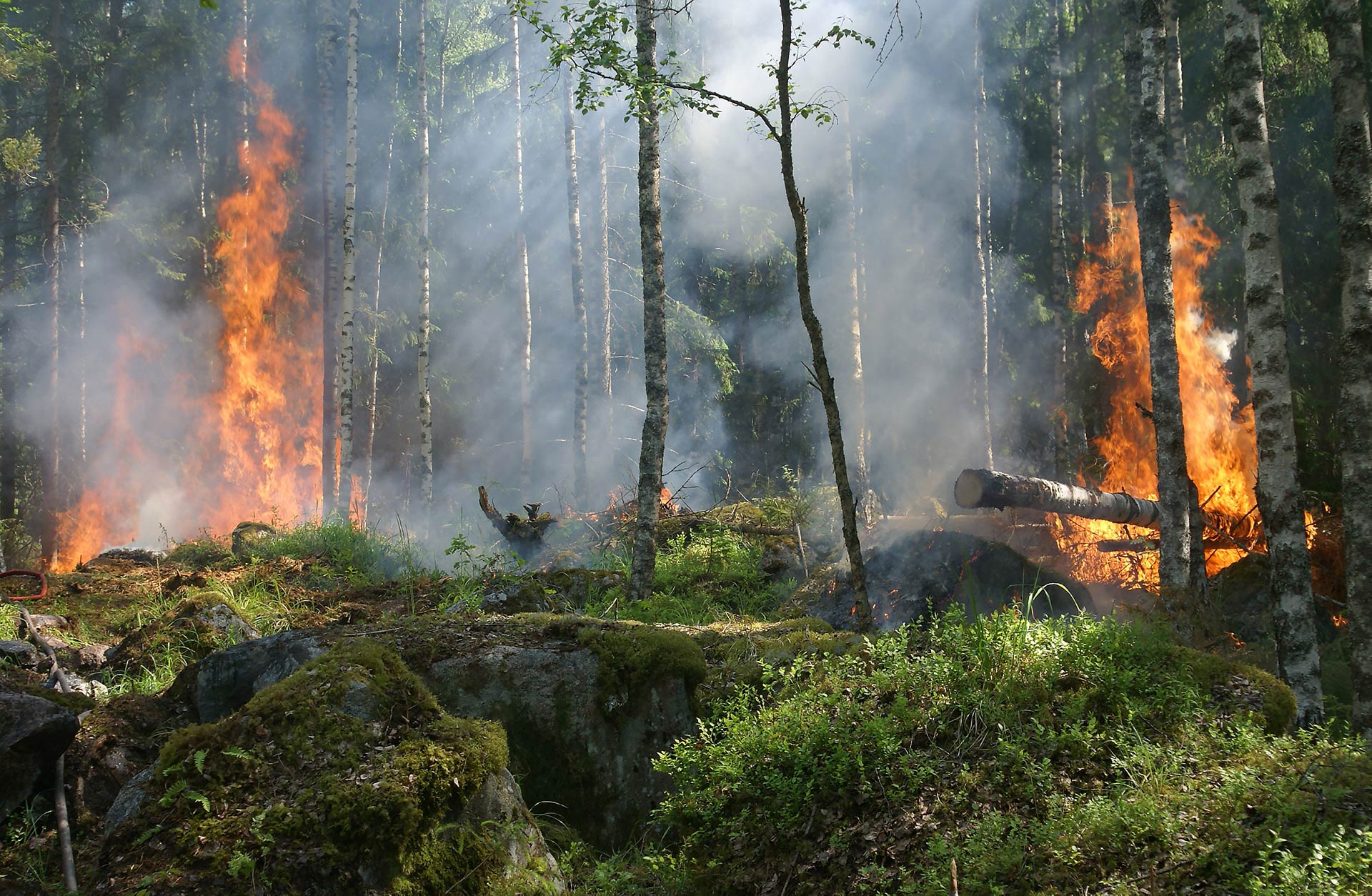

Community Planning Assistance for Wildfire
Community Planning Assistance for Wildfire (CPAW) works with communities to reduce wildfire risk through improved land use planning. The program is a program of Headwaters Economics, in partnership with the USDA Forest Service.



